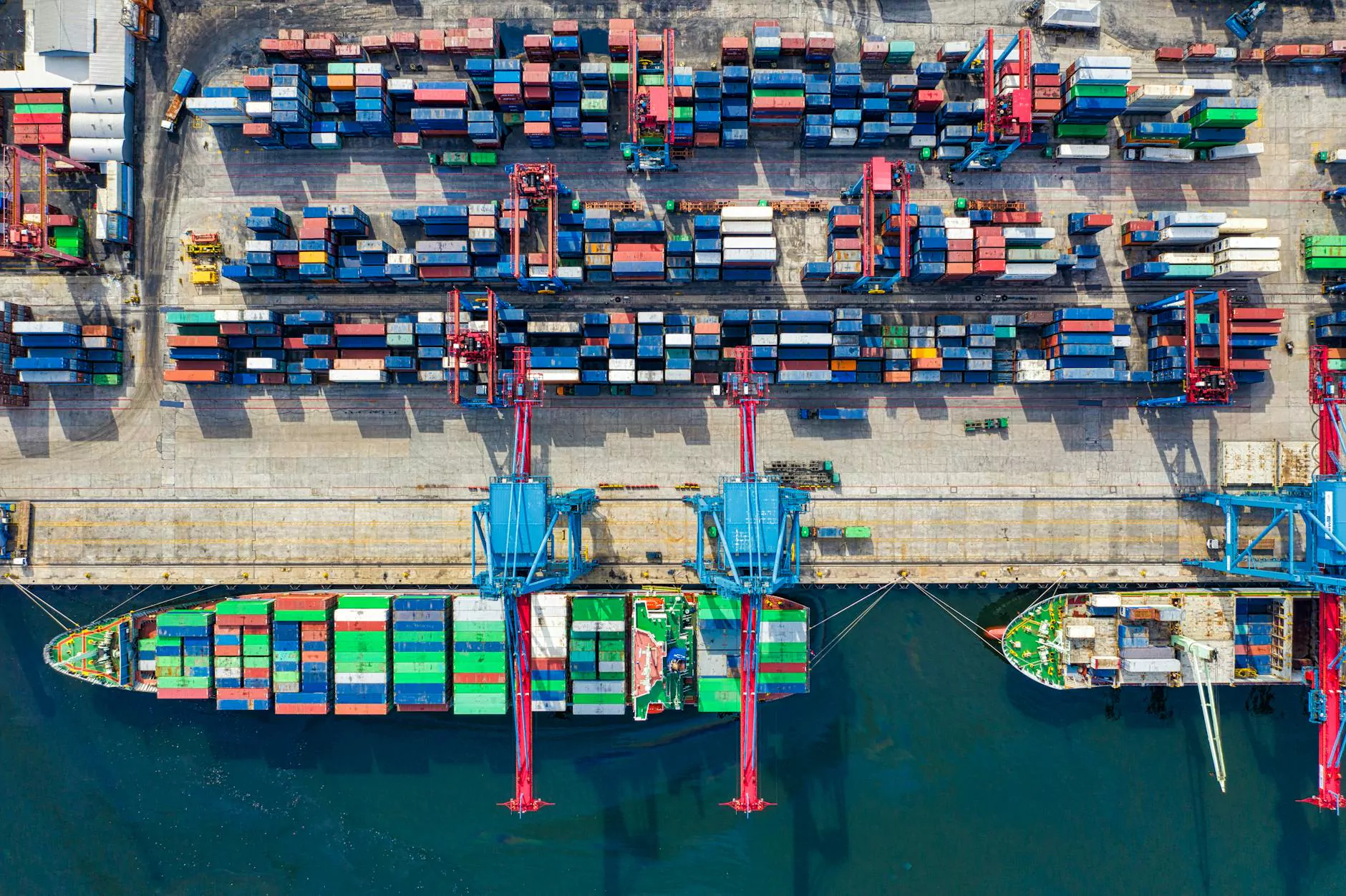Firefighter Radio Communication: Bridging Technology and Safety

Firefighter radio communication is an essential component of emergency response operations, which ensures the safety of both firefighters and the public during critical incidents. As technology advances, the importance of effective communication in fire services has never been more crucial. In this article, we will delve into the evolution, importance, and advancements in firefighter radio communication.
The Evolution of Firefighter Radio Communication
The history of firefighter radio communication dates back to the early 20th century when firefighters relied on basic *direct verbal communication* and *hand signals*. Over the years, as technology progressed, the systems have evolved significantly. Here’s a brief overview of its evolution:
- 1960s: The introduction of two-way radios marked a significant shift in firefighting communication, allowing for real-time audio exchange.
- 1980s: Analog radios became prevalent, offering improved clarity over previous technologies, but still faced limitations in crowded signal environments.
- 2000s: Digital radios, including Project 25 (P25) compliant systems, enhanced clarity and security, offering encrypted communications to protect sensitive information.
- 2010s to Present: The integration of *smart technologies* and *internet protocols* allows for advanced features like GPS tracking, text messaging, and data sharing.
The Importance of Effective Communication in Firefighting
Effective communication in firefighting is vital for several reasons:
- Safety: Clear communication ensures that all team members are aware of the situation, risks, and responsibilities, reducing the likelihood of accidents.
- Coordination: In multi-agency responses, efficient communication allows for better coordination of resources and personnel, leading to quicker resolution of incidents.
- Information Sharing: Instantaneous sharing of information between units contributes to informed decision-making and strategic planning during emergency operations.
- Public Trust: When communication flows smoothly, the public witnesses effective actions from firefighting teams, fostering trust and confidence in local emergency services.
Challenges in Firefighter Radio Communication
- Signal Interference: Buildings, terrain, and environmental factors can disrupt radio signals, hampering communication in crucial moments.
- Limited Channels: In densely populated areas, the availability of communication channels may become limited, causing communication breakdowns.
- Training: Continuous training is required for firefighters to effectively utilize advanced communication tools, which can be resource-intensive.
Current Technologies in Firefighter Radio Communication
The fire service industry has embraced a multitude of technologies to enhance radio communication, including:
1. Digital Radio Systems
Digital radios provide clear audio quality and can handle encrypted communications, which are essential for protecting sensitive information during operations.
2. Automatic Vehicle Location (AVL)
AVL technology allows dispatchers to locate fire apparatus in real-time, ensuring that the closest units are deployed to an emergency scene, thus improving response times.
3. Mobile Data Terminals (MDT)
MDT systems enable firefighters to receive critical data on their vehicle's screen, including incident reports, hazard information, and mapping capabilities.
4. Interoperability Solutions
Many fire departments are adopting interoperability solutions that allow for seamless communication between different agencies during multi-jurisdictional responses.
The Role of Training in Enhancing Firefighter Radio Communication
To maximize the effectiveness of firefighter radio communication, ongoing training is essential. Some key areas of focus include:
- Protocol Familiarization: Firefighters must be well-versed in communication protocols, ensuring that instructions are followed accurately.
- Equipment Training: Familiarizing personnel with the latest communication equipment is crucial for operational success.
- Simulation Exercises: Regular drills that simulate emergency scenarios help improve communication efficacy in high-stress situations.
The Future of Firefighter Radio Communication
The future for firefighter radio communication looks promising, with advancements indicating a move towards more integrated and efficient systems. Some trends to watch include:
- 5G Technology: The expansion of 5G networks will provide faster data transmission and more reliable communications in challenging environments.
- Wearable Technology: Wearable devices may offer real-time health monitoring and location tracking, further enhancing situational awareness for firefighters.
- Artificial Intelligence: AI could be leveraged to analyze communication patterns and predict areas of miscommunication or failures.
Conclusion: Emphasizing the Need for Robust Firefighter Radio Communication Systems
In conclusion, firefighter radio communication plays a pivotal role in modern emergency response, enhancing safety, coordination, and public trust. As technology evolves, investing in advanced communication systems and proper training will be essential for fire services worldwide. The future holds exciting possibilities that will undoubtedly lead to improved safety for both firefighters and the communities they serve.
At teleco.com, we understand the significance of efficient communication in the telecommunications and IT sectors. By providing top-notch equipment and services, we support firefighters and emergency responders, ensuring they have the tools they need to protect lives. Together, we can continue to advance firefighter radio communication and improve safety for everyone.









